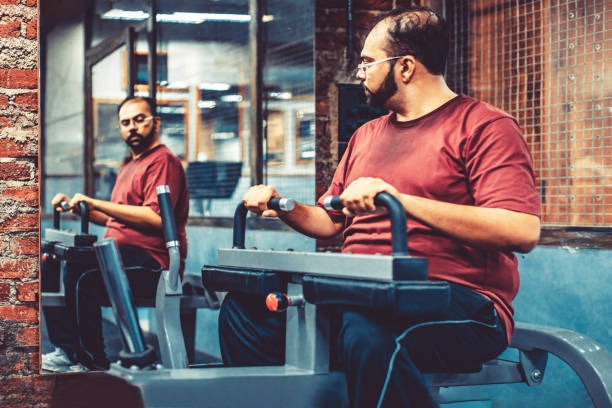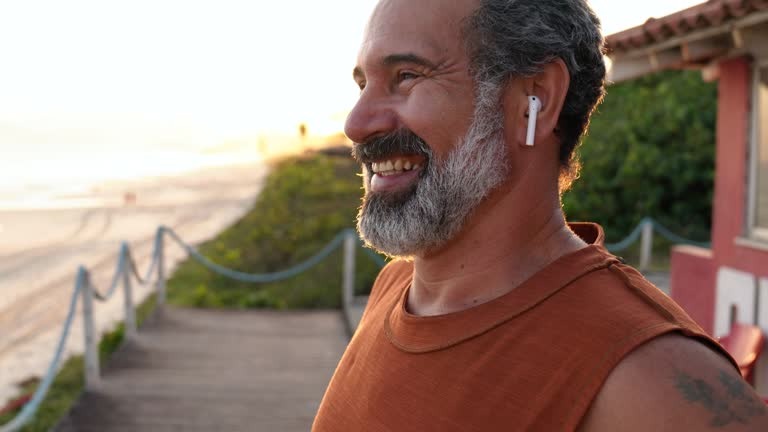Regular physical movement plays a significant role in promoting better sleep patterns, influencing both the quality and duration of rest. Engaging in consistent exercise helps regulate the body’s internal clock, known as the circadian rhythm, which governs sleep-wake cycles. When this rhythm is well-balanced through activity during daylight hours, it becomes easier to fall asleep at night and experience deeper, more restorative sleep stages. Movement encourages the release of hormones such as endorphins and serotonin that not only improve mood but also contribute to relaxation and reduced stress levels, factors essential for sound sleep.
Physical activity increases overall energy expenditure, which naturally leads to a greater need for recovery during rest periods. This demand encourages longer periods of slow-wave or deep sleep, where the body repairs tissues and consolidates memories. Research consistently shows that individuals who maintain regular exercise routines tend to fall asleep faster and spend more time in this crucial deep-sleep phase compared to those with sedentary lifestyles. Additionally, movement can alleviate symptoms related to anxiety and depression-common disruptors of healthy sleep-by providing an outlet for tension release.
The timing of exercise is an important consideration when aiming to optimize its benefits on sleep patterns. Morning or early afternoon workouts are strongest kratom brand generally preferable because they help advance the circadian rhythm slightly earlier each day, making it easier to fall asleep at a reasonable hour in the evening. Conversely, vigorous physical activity too close to bedtime might elevate heart rate and adrenaline levels temporarily, potentially delaying the onset of restful slumber for some individuals. However, light exercises such as stretching or yoga performed near bedtime often promote relaxation without causing stimulation.
Different types of movement offer varied advantages depending on personal preferences and health conditions. Aerobic activities like walking, jogging, or swimming enhance cardiovascular fitness while encouraging endorphin production that supports mental calmness before bed. Strength training contributes by reducing muscle tension accumulated throughout daily activities while improving metabolic function linked indirectly with better rest cycles. Mind-body practices emphasize controlled breathing alongside gentle motion; these methods reduce sympathetic nervous system dominance responsible for alertness states incompatible with falling asleep easily.
Incorporating movement into daily routines requires mindful consistency rather than sporadic bursts of intense effort followed by inactivity. Even moderate amounts spread over several days yield measurable improvements in how quickly one falls asleep along with increased total sleeping time per night over weeks or months. For people struggling with insomnia or fragmented nights due to lifestyle stressors or aging processes affecting natural rhythms, introducing gradual increases in physical activity can serve as a non-pharmacological strategy supporting healthier long-term outcomes without adverse side effects commonly associated with medication use.
Overall, understanding how bodily movement influences neural pathways connected with relaxation mechanisms highlights its integral role within comprehensive approaches aimed at enhancing nightly restoration phases critical for cognitive performance and emotional well-being throughout waking hours alike.













